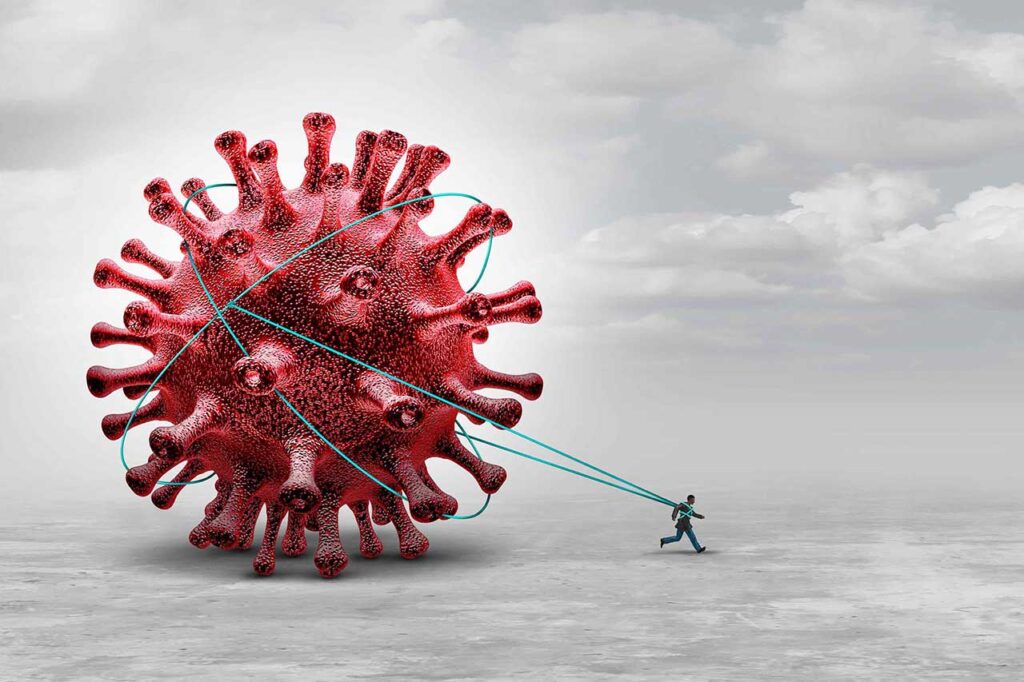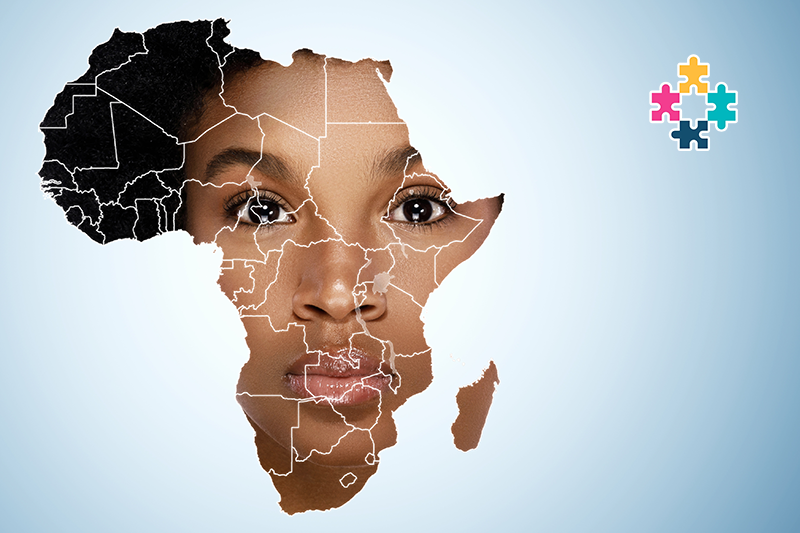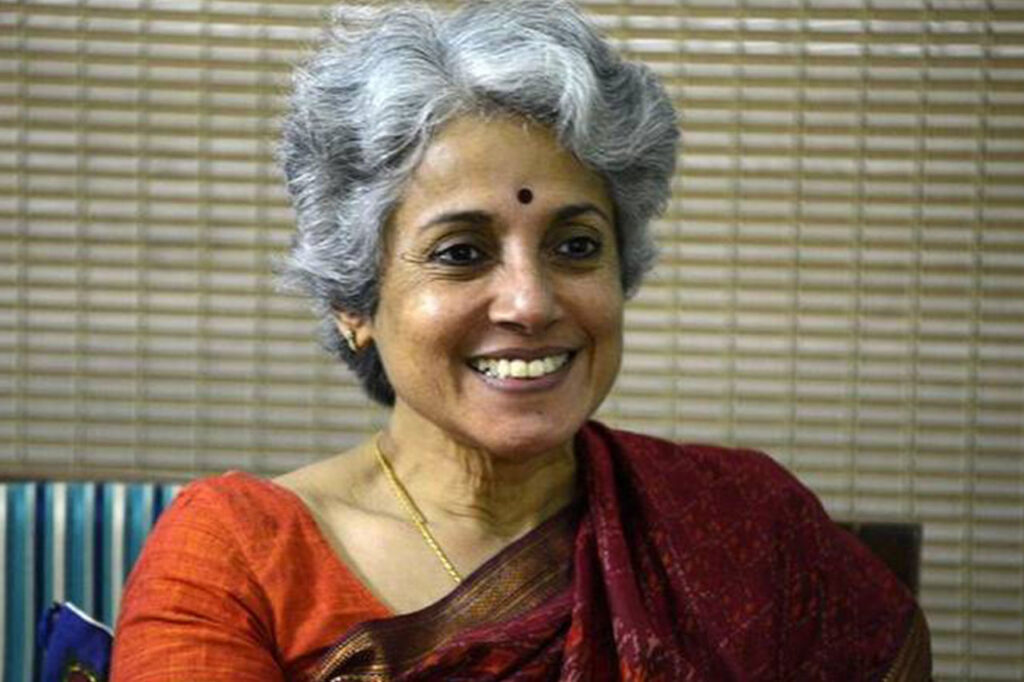Latest News
Large scale respiratory illness study reports interference between diseases
November 23, 2022
No Comments
Triple threat of viral diseases threatens northern hemisphere this winter
November 22, 2022
No Comments
Dr Soumya Swaminathan to resign as chief scientist at the WHO
November 16, 2022
No Comments
Follow Us
Facebook
Twitter
LinkedIn
Newsletter
Subscribe our newsletter to stay updated








